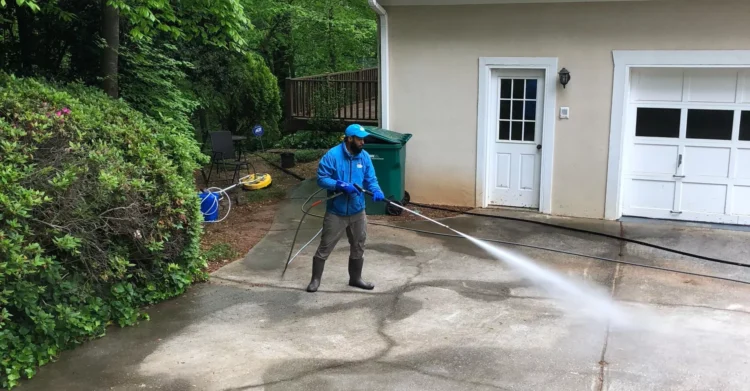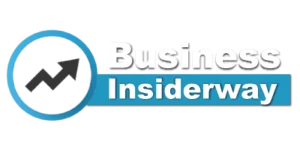Introduction to Pressure Washing
Pressure washing, a cleaning technique that harnesses the power of high-pressure water jets, is gaining popularity around the globe for its ability to cleanse surfaces of dirt, grime, and stains efficiently. This method has roots in residential and commercial settings, proving equally effective on urban sidewalks and rural decks. The appeal of pressure washing lies not just in its effectiveness but also in its versatility. It readily adapts to various materials, including wood, concrete, and brick, making it a preferred choice for maintaining the aesthetic and structural integrity of various properties.
The Basics of Pressure Washing Technology
Pressure washing technology is based on a few key components: a motor or engine, a high-pressure hose, and a trigger gun-style switch to control the water flow. Many choose gas-powered models because they provide high-pressure output for industrial or demanding projects. In contrast, electric pressure washers offer a quieter option, making them ideal for smaller residential jobs. Understanding PSI (Pressure Per Square Inch) and GPM (Gallons Per Minute) is crucial for effective cleaning while reducing the risk of surface damage.
Benefits of Pressure Washing
Regular pressure washing provides numerous advantages. It improves the appearance of surfaces and serves as preventive maintenance by eliminating harmful elements like mold, mildew, and algae that can cause long-term damage and discoloration. Furthermore, pressure washing can significantly increase property value as part of routine home and building upkeep. Clean and well-maintained exteriors are essential selling points for potential buyers, enhancing a property’s visual appeal and perceived value.
Different Surfaces and Their Cleaning Needs
Understanding surface-specific needs is paramount for pressure washing, especially during exterior house washing. Concrete and stone surfaces often harbor embedded dirt and can withstand higher water pressures, efficiently removing even the stubbornest grime. Wooden decks and fences, however, require a delicate touch. Too much pressure might gouge or splinter the wood. Vinyl and aluminum siding also present unique challenges; pressure settings need careful adjustment to preserve these materials’ integrity while ensuring cleanliness and longevity.
Eco-Friendly Pressure Washing Practices
As awareness of environmental impact grows, the significance of eco-friendly pressure washing practices is increasingly important. Selecting biodegradable detergents is a straightforward way to minimize harm to local ecosystems. It’s also crucial to consider water conservation; using adjustable nozzles and recycling water whenever possible can lead to significant improvements. Additionally, adhering to environmental regulations is essential to ensure your washing practices are sustainable and align with broader environmental goals and responsibilities.
Safety Tips for Pressure Washing
Safety is a significant concern when engaging in pressure washing. Appropriate personal protective equipment (PPE) such as goggles, gloves, and sturdy footwear helps protect against high-pressure water and flying debris accidents. Keeping a recommended safe distance from the cleaned surface is essential to prevent unintended damage. Regular maintenance and equipment inspection can also prevent failures or malfunctions that might lead to accidents.
Common Myths and Misconceptions about Pressure Washing
A persistent myth surrounding pressure washing is that it inherently damages surfaces. With the proper techniques and equipment settings, pressure washing is a safe cleaning method for most materials. Another frequent misconception is that a higher PSI will yield better cleaning results. The truth is that an appropriate adjustment based on the type of surface and cleaning task at hand is critical for achieving an ideal outcome without surface damage.
Future Trends in Pressure Washing
The pressure washing industry is poised for significant transformation in the future. Technological advancements are leading to more innovative and more efficient cleaning solutions. Integrating AI and robotics is emerging, providing enhanced precision and capabilities. Additionally, with an increasing emphasis on sustainability, the industry is adopting more environmentally friendly practices, ensuring that pressure washing remains a viable and responsible cleaning method for future generations.














